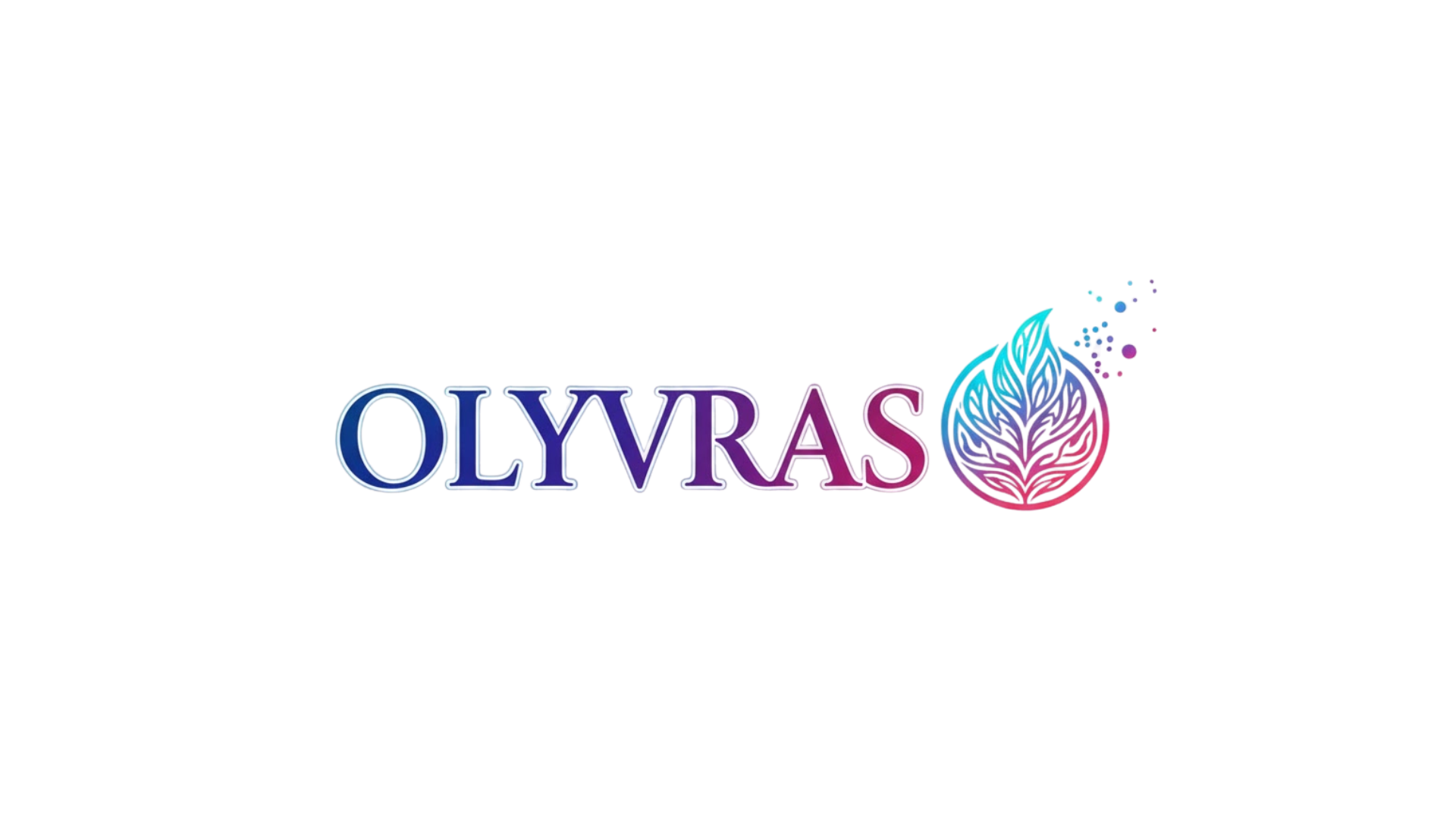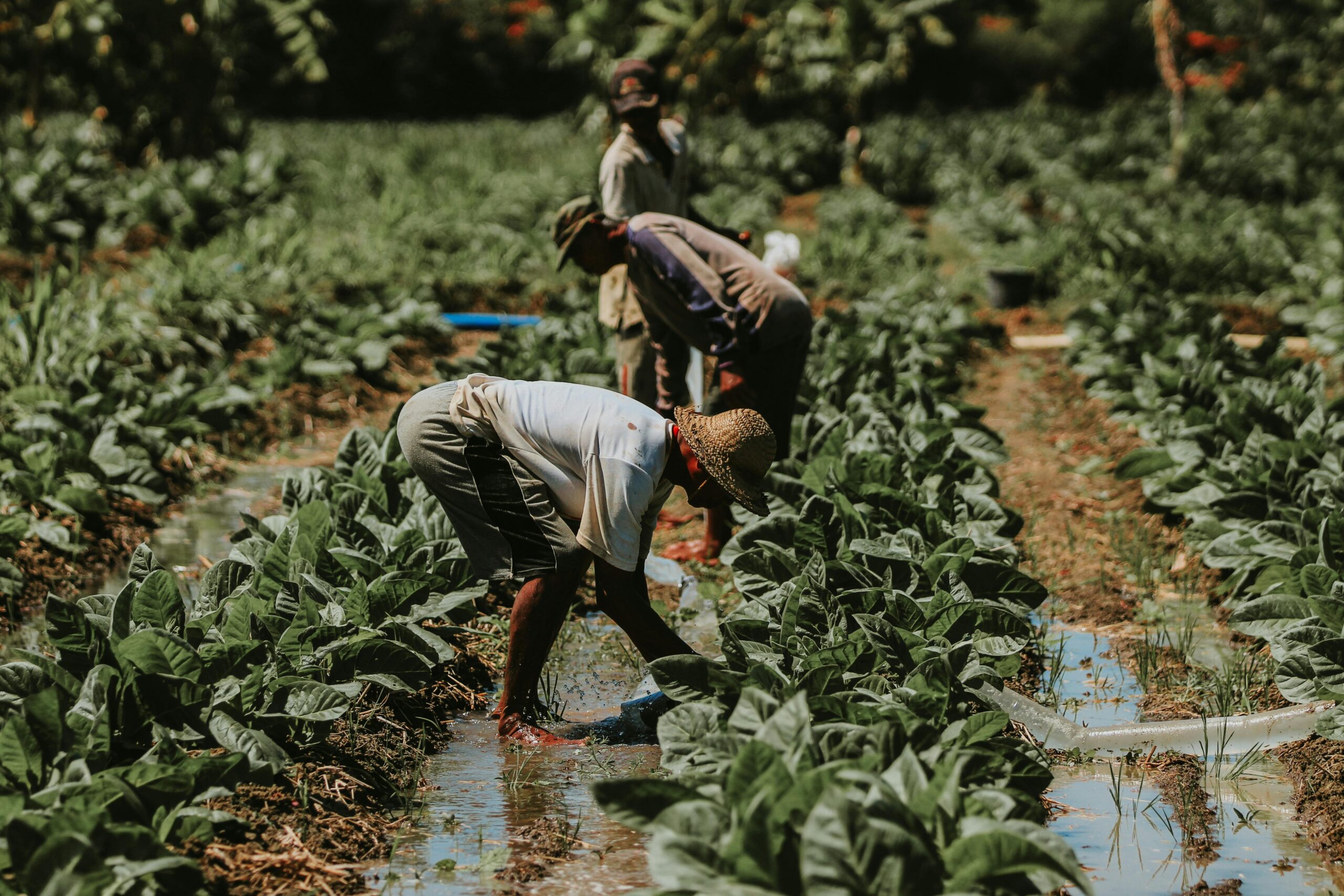The shift toward regenerative economies and localism is transforming how communities build resilience, restore ecosystems, and create meaningful prosperity for all members.
In an era marked by climate uncertainty, economic inequality, and social fragmentation, communities worldwide are discovering that the path to sustainability doesn’t lie in globalized, extractive systems but in reimagining local economies that regenerate rather than deplete. This transformation represents more than an economic shift—it’s a fundamental reimagining of how we relate to each other, our resources, and the living systems that sustain us.
The conventional economic model, built on endless growth and resource extraction, has delivered unprecedented material wealth for some while simultaneously degrading ecosystems, concentrating power, and hollowing out local communities. Regenerative economies offer a compelling alternative, one that works with natural cycles rather than against them, strengthens social fabric rather than fraying it, and builds genuine wealth that accumulates across generations.
🌱 Understanding Regenerative Economics Beyond Sustainability
While sustainability aims to maintain current conditions and minimize harm, regenerative economics goes further by actively restoring and enhancing the systems it touches. This distinction matters profoundly. A sustainable farm might reduce chemical inputs and maintain soil health, but a regenerative farm actively builds soil fertility, increases biodiversity, and sequesters carbon—leaving the land healthier than it found it.
Regenerative economic models recognize that communities, like ecosystems, thrive through diversity, reciprocity, and circulation. Money flowing within a local economy creates multiple transactions before leaving the community, multiplying its beneficial impact. This “local multiplier effect” means that a dollar spent at a locally-owned business generates roughly three times the local economic benefit compared to the same dollar spent at a chain store.
The regenerative approach challenges the extractive logic that has dominated economic thinking for centuries. Rather than viewing natural resources as mere inputs for production and communities as labor pools, regenerative systems recognize the intrinsic value of ecological health and social wellbeing as foundations for genuine prosperity.
The Localism Renaissance: Reconnecting Commerce and Community
Localism doesn’t mean isolationism or rejecting beneficial global connections. Instead, it prioritizes local production and consumption where practical, shortening supply chains, and building economic relationships based on familiarity and accountability rather than anonymity and extraction.
This renaissance manifests in diverse ways across communities. Farmers markets have exploded in popularity, growing from fewer than 2,000 in the United States in 1994 to over 8,000 today. Community Supported Agriculture (CSA) programs connect consumers directly with local farms, sharing both abundance and risk. Local currency systems and timebanking networks create economic resilience outside conventional monetary systems.
The coronavirus pandemic accelerated these trends dramatically. When global supply chains fractured, communities with robust local food systems, manufacturing capacity, and mutual aid networks demonstrated remarkable resilience. This crisis revealed what regenerative economists have long argued: true security comes not from efficiency-maximizing global networks but from diversified, localized systems with redundancy built in.
Building Blocks of Local Economic Power
Strong local economies share several characteristics that enable them to weather external shocks while generating broad-based prosperity:
- Local ownership: Businesses owned by community members keep profits circulating locally and ensure decision-making power remains rooted in place
- Diversified production: Communities producing a wide range of goods and services are less vulnerable to disruptions in any single sector
- Short supply chains: Direct connections between producers and consumers reduce costs, increase freshness, and build relationships
- Value-added processing: Transforming raw materials locally captures more economic value within the community
- Cooperative structures: Worker cooperatives, housing cooperatives, and credit unions distribute ownership and benefits broadly
- Public banking: Community-controlled financial institutions reinvest deposits in local development rather than extracting capital
🔄 Circular Economies: Closing the Loop
At the heart of regenerative localism lies the principle of circularity—designing systems where waste from one process becomes input for another, mimicking natural ecosystems where nothing is wasted. This represents a radical departure from the linear “take-make-dispose” model that has defined industrial civilization.
Progressive communities are implementing circular principles at every scale. Industrial symbiosis initiatives connect businesses so that one’s waste stream becomes another’s raw material. Municipal composting programs transform organic waste into soil amendments for local agriculture. Repair cafes and tool libraries extend product lifespans and reduce consumption. Deconstruction businesses salvage building materials for reuse rather than sending them to landfills.
The economic logic is compelling. The Ellen MacArthur Foundation estimates that circular economy approaches could generate $4.5 trillion in economic benefits by 2030 through reduced material costs, innovation opportunities, and job creation. These benefits accrue disproportionately to local economies since circular systems require local collection, processing, and redistribution infrastructure.
Regenerative Agriculture: The Foundation of Community Renewal
Food systems represent perhaps the most critical domain for regenerative transformation. Industrial agriculture, while producing abundant calories, has degraded soils, polluted waterways, contributed significantly to climate change, and hollowed out rural communities. Regenerative agriculture offers a fundamentally different approach that builds soil health, enhances biodiversity, sequesters carbon, and strengthens rural economies.
Practices like cover cropping, mob grazing, agroforestry, and composting work with natural processes to create productive systems that improve over time. Farmers practicing regenerative methods report reduced input costs, increased resilience to weather extremes, and improved profitability alongside environmental benefits.
Beyond the farm gate, regenerative food systems emphasize direct marketing, value-added processing, and community ownership. Food hubs aggregate products from multiple small farms for efficient distribution to institutions and retailers. Community-owned grocery cooperatives ensure healthy food access while keeping profits local. Processing facilities add value to raw agricultural products, creating jobs and entrepreneurial opportunities.
Measuring What Matters: Beyond GDP
Regenerative economies require different metrics than conventional ones. GDP measures all economic activity as positive, making no distinction between activities that build genuine wealth and those that merely respond to problems or extract value. A community clear-cutting its forests and treating the resulting pollution would see GDP increase, though actual wellbeing declines.
Progressive communities are adopting alternative indicators that measure what truly matters:
- Genuine Progress Indicator: Adjusts GDP by accounting for environmental costs, income distribution, and value of household and volunteer work
- Local Living Economy Scorecard: Tracks local ownership, environmental impact, and community wellbeing indicators
- Doughnut Economics: Maps social foundations and ecological ceilings to identify a safe and just operating space
- Happy Planet Index: Measures sustainable wellbeing by considering life expectancy, experienced wellbeing, and ecological footprint
💡 Social Innovation and Community Wealth Building
Regenerative localism flourishes when communities develop institutions specifically designed to build and retain wealth locally. The Democracy Collaborative has pioneered “community wealth building” strategies that anchor economic activity in place through five key strategies.
Worker cooperatives transfer ownership to employees, ensuring those creating value share in the prosperity generated. Studies show worker cooperatives pay better wages, provide more stable employment, and are less likely to relocate than conventional businesses. Cities like Cleveland and Preston have used preferential procurement policies to grow networks of worker-owned businesses.
Community land trusts separate land ownership from building ownership, permanently removing land from speculative markets while ensuring long-term affordable housing and commercial space. By holding land in trust for community benefit, these organizations enable residents to build equity while preventing displacement.
Public and community banking redirects finance toward local economic development. Unlike Wall Street banks that extract deposits for distant investments, local financial institutions are legally required or mission-driven to invest in their communities. The public Bank of North Dakota has successfully demonstrated this model for over a century.
Technology as a Tool for Localism
Far from being antithetical to technology, regenerative localism embraces appropriate technologies that strengthen rather than undermine community resilience. Digital platforms enable coordination without centralized control. Blockchain technology creates transparent, decentralized systems for tracking local currencies and supply chains. Open-source hardware and software empower local manufacturing and repair.
Renewable energy systems particularly embody regenerative technological principles. Distributed solar, wind, and geothermal installations generate power locally, creating jobs and keeping energy dollars circulating in the community rather than flowing to distant utilities and fossil fuel companies. Community choice aggregation programs and municipal utilities give communities democratic control over energy systems.
Precision agriculture technologies help farmers optimize inputs and outputs while building soil health. Sensor networks monitor ecological conditions in real time. Digital fabrication tools like 3D printers and CNC machines enable local manufacturing of replacement parts and custom products, reducing dependence on global supply chains.
🌍 Policy Frameworks That Enable Regeneration
While grassroots innovation drives regenerative transformation, supportive policy environments accelerate progress. Forward-thinking jurisdictions are implementing policies that privilege local ownership, internalize environmental costs, and redirect public procurement toward regenerative businesses.
Local purchasing preferences ensure public dollars support community businesses rather than distant corporations. Community benefit agreements require developers to provide measurable benefits to surrounding neighborhoods. Progressive taxation shifts burden from labor and productive activity toward resource extraction and speculation. Zoning reforms enable local food production, home-based businesses, and mixed-use development that reduces transportation needs.
Some regions are exploring more fundamental reforms. Bhutan famously measures Gross National Happiness rather than GDP. New Zealand grants legal personhood to rivers and forests, recognizing their intrinsic rights. Ecuador’s constitution recognizes the rights of nature. These innovations point toward governance structures aligned with regenerative principles.
Cultivating Cultural Transformation
Perhaps most fundamentally, regenerative localism requires cultural transformation—shifting from individualistic consumer identities toward communal producer identities, from relationships of extraction toward relationships of reciprocity, from seeing ourselves as separate from nature toward recognizing our embeddedness in living systems.
This shift manifests in simple but profound ways. Gardening connects us to the soil and seasons. Cooking from scratch builds skills and reduces dependence on industrial food systems. Repairing rather than replacing items challenges planned obsolescence. Sharing tools, skills, and space builds relationships while reducing consumption.
Education plays a crucial role in this cultural transformation. Schools teaching gardening, cooking, making, and repair equip students with practical skills while reshaping relationships with the material world. Apprenticeship programs transfer craft knowledge across generations. Community education initiatives build capacity for collective self-provisioning.

The Path Forward: From Vision to Reality
The transition to regenerative localism won’t happen overnight, nor will it follow a single blueprint. Communities vary in resources, culture, and context, requiring diverse strategies tailored to particular places. However, certain principles consistently emerge from successful initiatives.
Start where you are with what you have. Small actions compound over time—a community garden, a repair cafe, a buying club. Build relationships and trust before undertaking ambitious projects. Celebrate successes while learning from failures. Connect local initiatives to broader movements for mutual support and shared learning.
Recognize that this transformation faces powerful opposition from entrenched interests benefiting from extractive systems. Building regenerative alternatives requires persistence, creativity, and solidarity. Yet the proliferation of successful examples worldwide demonstrates both the possibility and the power of communities taking control of their economic futures.
The crises facing humanity—climate disruption, ecosystem collapse, inequality, social fragmentation—are fundamentally crises of relationship. Regenerative localism offers a pathway toward right relationship with each other and with the living world. By building economies that regenerate rather than extract, that strengthen community rather than fragment it, that work with nature rather than against it, we create foundations for genuine and lasting prosperity. The future belongs not to those who can most efficiently exploit resources and people, but to those who can most skillfully weave together thriving communities embedded in flourishing ecosystems. That future is being built now, one community at a time. ✨
Toni Santos is a global-policy researcher and ethical-innovation writer exploring how business, society and governance interconnect in the age of interdependence. Through his studies on corporate responsibility, fair trade economics and social impact strategies, Toni examines how equitable systems emerge from design, policy and shared vision. Passionate about systemic change, impact-driven leadership and transformative policy, Toni focuses on how global cooperation and meaningful economy can shift the scenario of globalization toward fairness and purpose. His work highlights the intersection of economics, ethics and innovation — guiding readers toward building structures that serve people and planet. Blending policy design, social strategy and ethical economy, Toni writes about the architecture of global systems — helping readers understand how responsibility, trade and impact intertwine in the world they inhabit. His work is a tribute to: The global commitment to equity, justice and shared prosperity The architecture of policy, business and social impact in a connected world The vision of globalization as cooperative, human-centred and regenerative Whether you are a strategist, policymaker or global thinker, Toni Santos invites you to explore ethical globalization — one policy, one model, one impact at a time.




